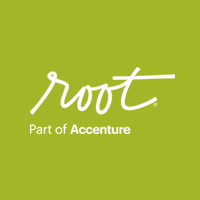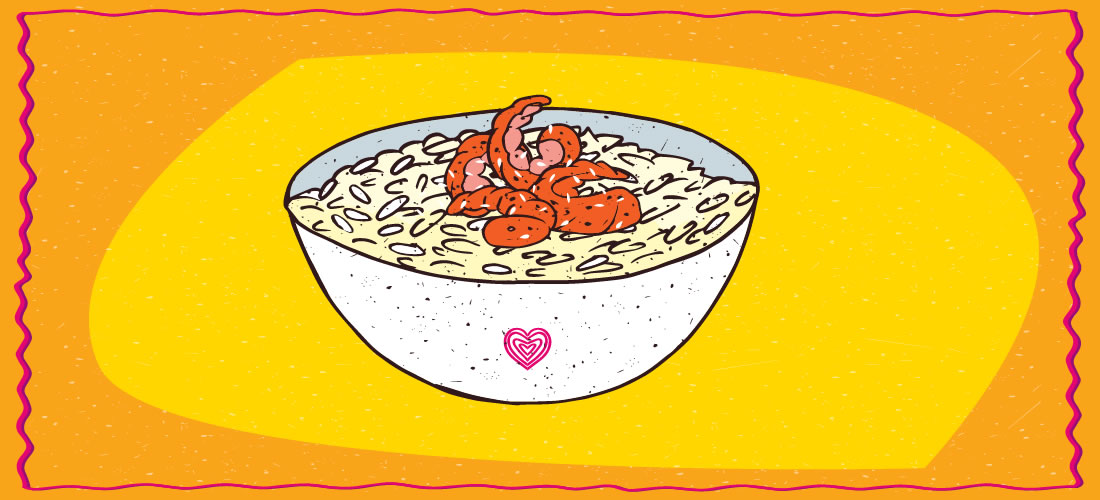Last week, the Twitterverse was gripped by one of the most suspenseful and hilarious thrillers to grace the Internet: a case of missing shrimp fried rice.
Over two days, Twitter users could follow along as a relatable tale of woe was relayed through a series of tweets. First, a lunch went missing, then plot twists were disclosed, and finally, the identification of a ruthless thief with ice water in her veins was revealed.
But what does this have to do with learning?
A learning designer’s goal is to deliver content in way that engages and influences an audience. Ultimately, no matter how it’s dressed up, a learning experience aims to change or reinforce behavior.
Storytelling is one of the most powerful tools for engaging learners. Stories make us care. They provide us with context and clues and, when told well, make us think critically.
We like to solve mysteries. Choose-your-own-adventure books present readers with a series of decision points that reveal consequences. Even the best business books have the power to make us think critically, using stories as evidence that a theory holds true. We then evaluate those theories based on our own experience.
When we think of stories, we think of movies, books, or other long-form mediums. A novel is usually several hundred pages. A glance at the list of movies showing in theatres lists runtimes between approximately 80 and 130 minutes. As a matter of leisure, this is fine. As a matter of business, however… maybe not so much. While at work, we need to learn in much shorter increments. This is what makes the Twitter story so intriguing.
Just how short can a story be and still be effective?
Asking someone to take two hours out of their business day, in the face of all the other expectations of their role, can be a bit daunting. This is especially true in certain industries:
- Retail – Closing the sale is most important!
- Hospitality –Assisting the guest is most important!
- Healthcare – Saving the life is most important
But all is not lost! The case of the missing fried rice is the perfect example of how a story can successfully be told in snippets. Once we’re hooked, once we’re engaged, we want to hear the rest of the story. We’re willing to stick around and solve the mystery. Each tweet was readable in a few seconds, but the world couldn’t wait for the next one. We were ready to binge on the drama of an all-too-relatable office story of a lunch gone missing from the communal fridge. So how can you apply this lesson to learning design?
- Map out your story – and don’t forget the middle.
You need a compelling story with a beginning, a middle, and an end. The beginning will align learners on where your organization is today, while the end tells them where your organization needs to go. But the middle may be the most important part. It tells your audience how your organization will get there and their role in the process. - Find the drama.
In the middle of your story, there’s drama. Find it. You need this to keep your learners hooked. Maybe it’s what’s at stake if your organization doesn’t change. Maybe it’s a negative impact on the customer. Maybe it’s the obstacle that stands in your way. Whatever the compelling reason that makes this content important, find it and create a sense of drama around it. - Break it down and deliver.
The beauty of the shrimp fried rice story, outside of the pain most of us have felt about a stolen lunch, is that it presented scenes in short snippets and left readers wanting more. Each tweet was a moment that nearly anyone could put themselves in, but each one was concise.
Awesome story, Bro. Now what?
A well-told story sets your training up for success, as long as the story and the training are connected.
For example, if you deliver content on a new service model, your learner will probably understand it. But what happens when you ask about it a few days later? What about a few months later?
Preface that same training with 60 to 90 seconds of story that demonstrates the relatable impact of a new customer service model, and people will engage with the content on a very different and emotional level, because that’s what stories do. They make us care. They give us some skin in the game. And that’s the difference between understanding what you’ve learned and applying it.
So as you shape your next learning initiative, use these four questions to craft the right story:
- What’s my story?
- Where’s the drama?
- What do I want the learner to think about or do differently?
- What does the learner need to know to do things differently?
And for those of you who need to know more about the shrimp fried rice saga, check out this Twitter Feed (NSFW Language)
https://twitter.com/zaktoscani/status/979448251546927104?ref_src=twsrc%5Etfw






